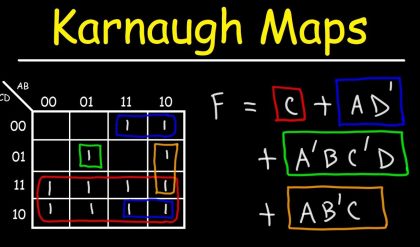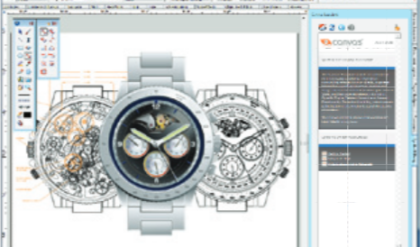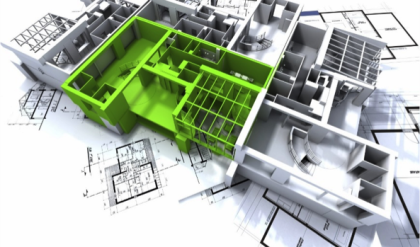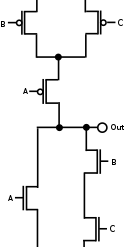Definition
A graphic designer is a professional who works using visual images to convey a message to an audience. These kinds of careers often focus on advertising or presenting a given set of data to a target audience through pictures, where writers may provide associated text.
Techopedia explains
As a kind of visual artist, the graphic designer usually works from a relatively technical standpoint. Unlike visual artists who sell expressive art works to private buyers, a graphic designer will sell visuals that work in a commercial or other presentation context, often using a combination of drawn or painted and computer-generated visuals. A graphic designer may work for a larger graphic design firm, or he or she may freelance as an independent contractor for multiple clients. Graphic design services are valuable to any business or organization using visuals in any medium, from print to Internet, television or other new media.
Image Scanner
Definition
An image scanner is a digital device used to scan images, pictures, printed text and objects and then convert them to digital images. Image scanners are used in a variety of domestic and industrial applications like design, reverse engineering, orthotics, gaming and testing. The most widely used type of scanner in offices or homes is a flatbed scanner, also known as a Xerox machine. This modern image scanner is a descendant of early fax input devices and telegraphy equipment.
Techopedia explains:
The image scanner was introduced in 1957 by a team led by Russell Kirsch at the U.S. National Bureau of Standards (now the National Institute of Standards and Technology). When a document is placed inside a scanner, the image is first scanned and then the scanned data is processed and sent to a computer system. Scanners can read red-green-blue color from color array and the depth of these colors is measured based on the array characteristics. Image resolution is measured in pixels per inch.
There are various types of scanners:
- Drum Scanners: These scan an image with photomultiplier tubes (PMT). The reflective originals are accumulated with an acrylic cylinder or drum, which rotates when the object is passed for scanning in front of the precision optics. These optics then transmit the image information to the PMT. For color, a drum scanner uses three PMTs for reading red, blue and green.
- Flatbed Scanners: These consist of a glass pane and a moving optical array of charge-coupled device (CCD) scanning. Flatbeds contain three arrays of sensors along with red, green and blue filters. Images to be scanned are placed flat on the pane and a dense cover is used to keep out ambient lights. Then the sensor arrays and light source move across to read the full image area. For transparent images, special accessories for illuminating them from the upper side are used.
- Film Scanners: Slide or negative film strips are placed in a carrier inside the film scanner. This carrier is moved with the help of a motor along a lens and a CCD sensor.
- Hand Scanners: Handheld devices pulled across the image surface for scanning large images.
- 3D Scanners: These scanners depend on the placement of reference markers that are used to align the element’s position in the space.
- Desktop Digital Camera Scanners: An all-in-one printer along with a desktop digital camera scanner. This scanner offers high-speed image scanning.
- Smartphone Scanner: Apps can be downloaded on many smart phone devices, allowing them to scan documents through the digital camera exposures and provide output in JPEG or PDF formats.





